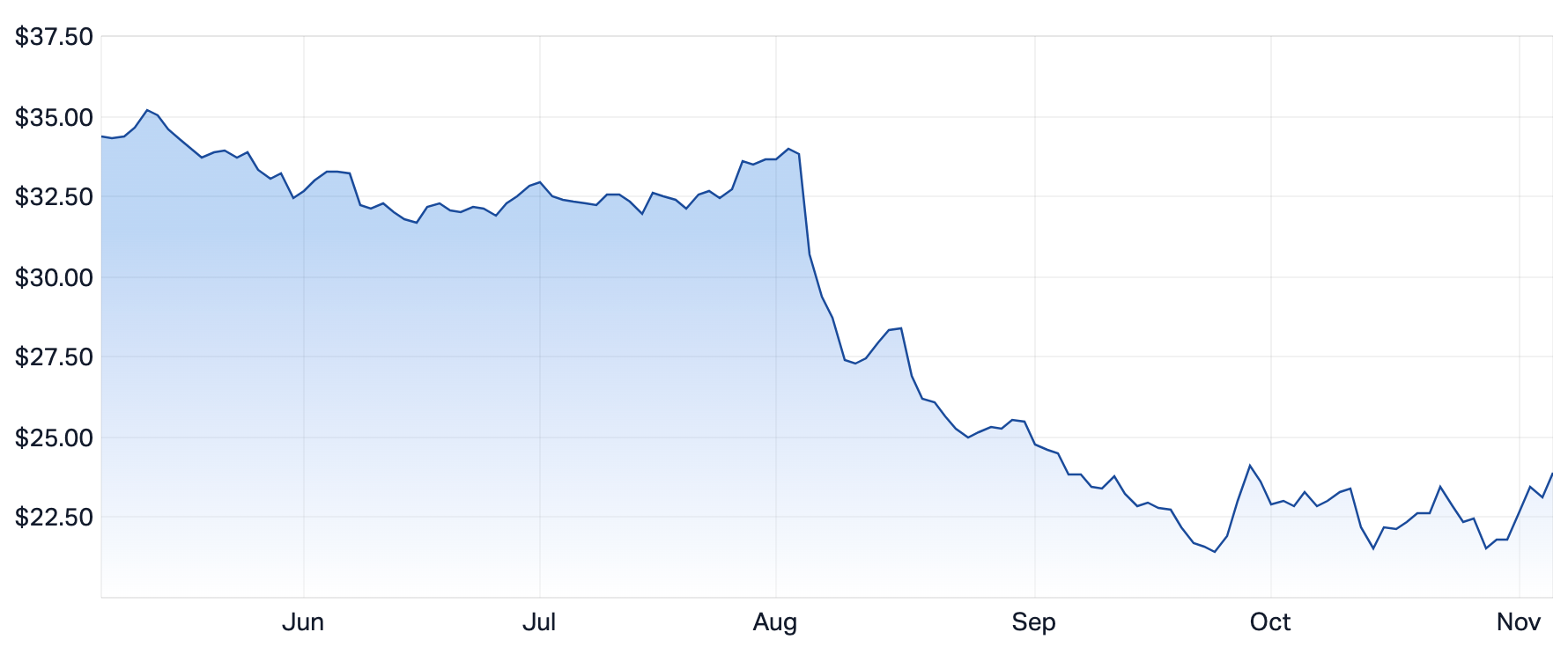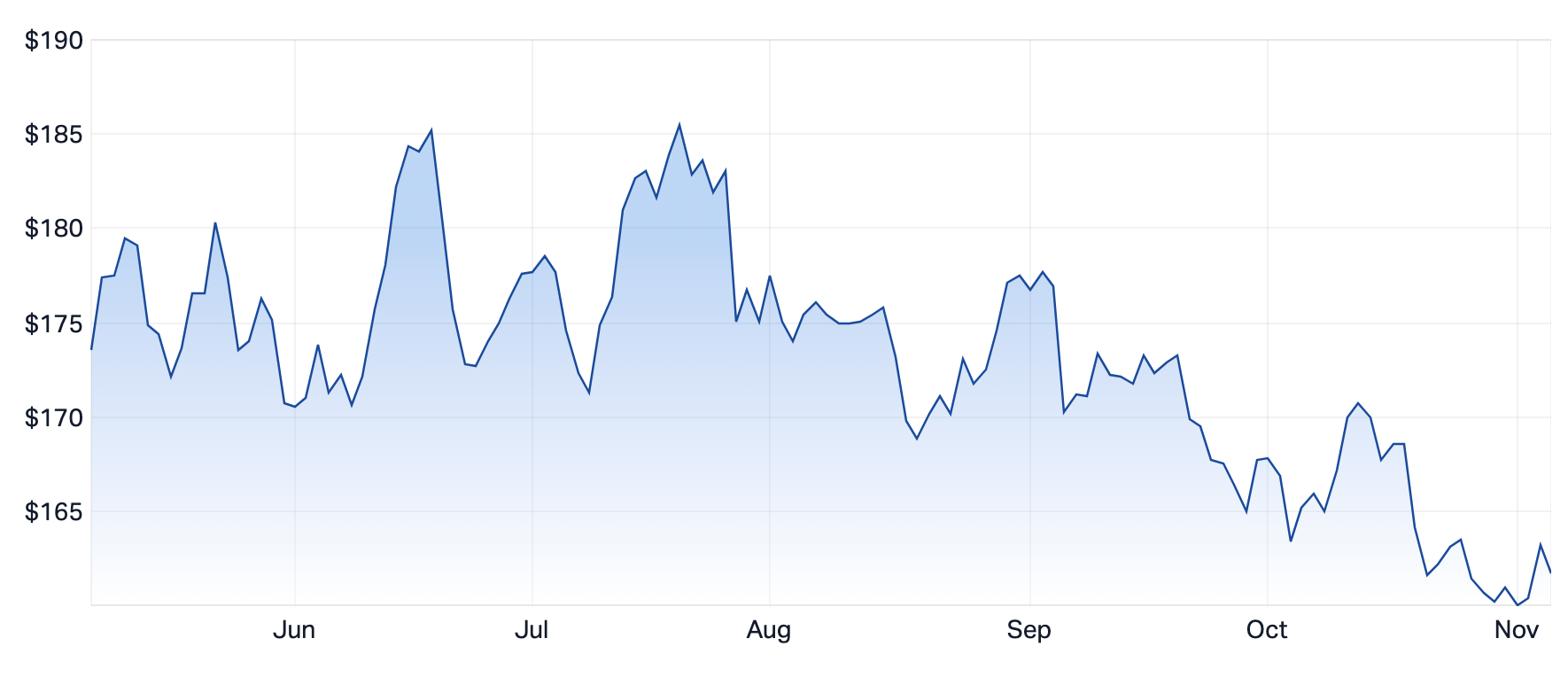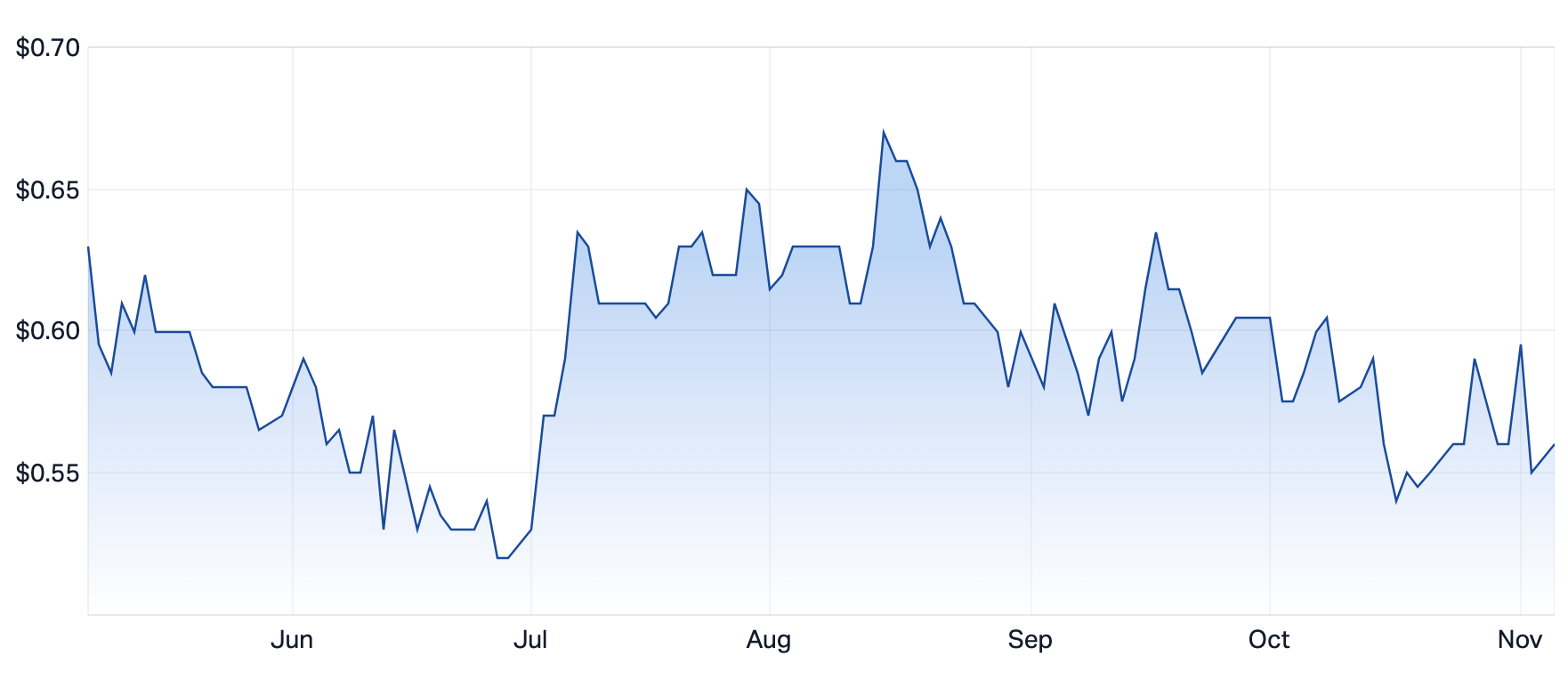An investor behaviour quirk that can create opportunity
In the recent Merewether Capital Inception Fund monthly report I took the opportunity to delve deeper into an interesting investment topic: the relationship between a company’s share price and the “story” the market puts around the business itself, especially in the illiquid micro and small cap pockets of the market where Merewether Capital invests.
In general, I think most people believe the relationship is a one-way street, where the story around a business drives the share price. Think broad themes like artificial intelligence, energy transition/electric vehicles or cyber security. In these examples, that story-led relationship is often true as those themes potentially offer genuine long-term structural growth to businesses exposed to them.
Of course, the market often becomes exuberant and prices shares irrationally in response. However, of more interest to me is the opposite relationship, where the market searches for the story to try and explain the movement of a share price.
When share price drives the narrative
In the September report, I gave the example of Resmed (ASX: RMD), which has become the highest-profile loser of the emerging GLP-1 weight loss drug theme.
When Resmed reported earnings on 4 August, the share price fell roughly 20% after missing on earnings expectations due to a falling gross margin. Combined with the lofty valuation, the sharp sell-off was quite rational. But as the share price continued to slide in the following days, the market searched for an explanation and settled on the rapid emergence of GLP-1 weight loss drugs.
Resmed six-month share price

There is some truth to the idea that an effective obesity treatment will have an impact on Resmed, as sleep apnoea is more prevalent among the obese. Of course, this would always be the case as the whole point of searching for the story means there will be a kernel of truth – or it wouldn’t be a viable explanation in the first place. The problem is, once a story is latched onto, it can quickly become entrenched.
Much ink has been spilled in the last few months about the likely impact that GLP-1 weight loss drugs will have on various healthcare industries with most intelligent research suggesting not much at all. This hasn’t stopped the theme of GLP-1 weight loss drugs evolving into its own broader market theme like those examples above with any business tangentially related to obesity seeing share price weakness.
Another example of a share price driving narrative is the short-term reaction to trading updates or financial results. Often, the impression of a result is based on the share price reaction to it, importantly sometimes even changing when the share price movement is unexpected.
Take Macquarie Group (ASX: MQG) as an example. Its first-half results last week indicated the following:
- revenue down 8%,
- profit down 39% and
- dividend down 15%
The initial market opinion was poor with many pundits reporting the result had come in below consensus forecasts and expected share price weakness.
After initially opening down about 3% the share price recovered over the day before closing higher. Unsurprisingly the story around the result also began to change as the earnings miss was overlooked in favour of the $2 billion share buyback and an expectation that margins would recover on cost-cutting.
Macquarie Group six-month share price

What this means for small- and micro-cap investors
While interesting large cap case studies, the most common example I see in my micro and small cap universe is where a share price has traded sideways or down for a long period of time (often years) and creates the narrative that the underlying business must be stagnating or failing.
The market has an inherent belief in the “weighing machine” of long-term share prices and may not look past the chart to research the fundamental business.
In the Merewether Capital Inception Fund portfolio, I believe Prophecy International (ASX: PRO) fits this bill, which I’ve discussed previously.
At a glance, the share price trades at a similar level to where it was nearly seven years ago. Given the business embarked on a strategic shift back then to shift to recurring revenue it is easy to look at the share price and deem the strategy shift a failure. But that would overlook the 40% CAGR in recurring revenue since 2017 to over $23 million today and the business about to tip into operating profitability.
Prophecy International six-month share price

Operational turnarounds, strategic shifts, emerging segments or acquisitions/spin-offs can often create these examples and they can be very fruitful for investors who do look beyond the share price to how the fundamental business operations are performing.
Ultimately, it requires an investor to shun the efficient market hypothesis that says all known information is reflected in a share price. As long as humans are involved in business and markets, stories will always be present and lead to mispricing and irrationalities. It is up to us as investors to know when to ignore the story presented by the crowd and identify the opportunities being presented when the crowd is focused on a line on a chart.
3 topics
3 stocks mentioned

